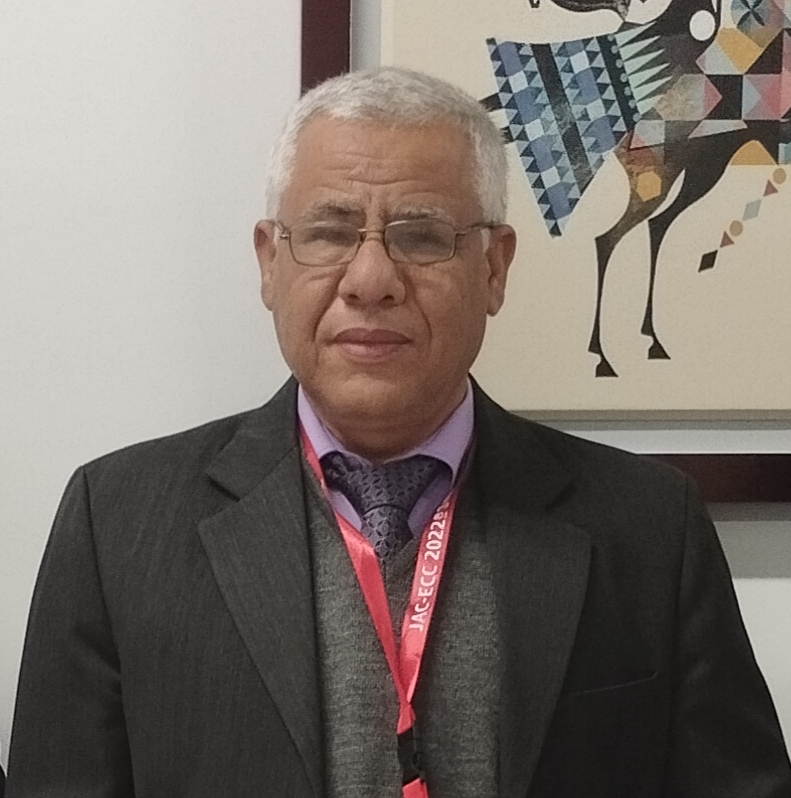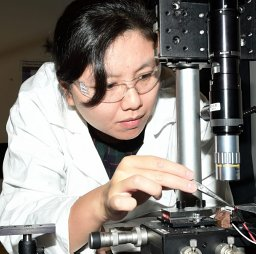




Section Collection Information
Dear Colleagues,
Photosensors are indispensable devices for collecting and transforming information in the era of Artificial Intelligence (AI) and Internet of Things (IoT). In scientific research, these sensors provide invaluable insights into many physical phenomena, as they rely on the fundamental process of light-matter interaction for information acquisition. Nanomaterials, including zero-dimensional quantum dots or nanocrystals, one-dimensional nanowires and nanorods and two-dimensional materials etc., allow for new physical mechanisms in photosensors and open up new avenues for fundamental research. Furthermore, nanomaterials offer a large surface-to-volume ratio, creating opportunities to enhance the sensitivity of photosensors.
Zero-dimensional quantum dots or nanocrystals exhibit unique optical and electronic properties due to their small size and quantum confinement effects. They have been extensively studied for use in photodetectors due to their high sensitivity and tunable absorption spectra. Nanowires and nanorods are one-dimensional nanostructures that exhibit high aspect ratios, which can lead to improved charge transport and sensitivity in photodetectors. They have also been used in optical sensors for their ability to interact with light in a highly directional manner. Layered materials, such as graphene and transition metal dichalcogenides, are two-dimensional materials that exhibit unique electrical and optical properties due to their atomic-scale thickness. They have been studied for use in photosensors due to their high carrier mobility and strong light-matter interaction. In addition to the preparation and characterization of nanomaterials, research topics in the special issue may also include the development and optimization of photodetectors and optical sensors for specific spectral ranges, as well as the integration of these sensors with signal processing and interfacing technologies for real-world applications. Overall, the special issue aims to provide a comprehensive overview of the latest advances in the use of nanomaterials for photosensors, and to promote further research in this rapidly evolving field.
To further advance the field of photosensors based on nanomaterials, we are inviting authors to submit original research and comprehensive reviews with experimental and/or theoretical results. The research topics are broadly defined, including, but not limited to:
Preparation and characterization of photosensors based on nanomaterials, such as zero-dimensional quantum dots or nanocrystals, one-dimensional nanowires or nanorods and two-dimensional layered materials;
Physical mechanism of photosensors based on nanomaterials, working in the UV, visible, or infrared spectra;
The application of these detectors for photosensing, sensor interfacing and signal processing, etc,
Fluorescence sensing based on semiconductor quantum dots.
Prof. Yufeng Liu
Section Editor



